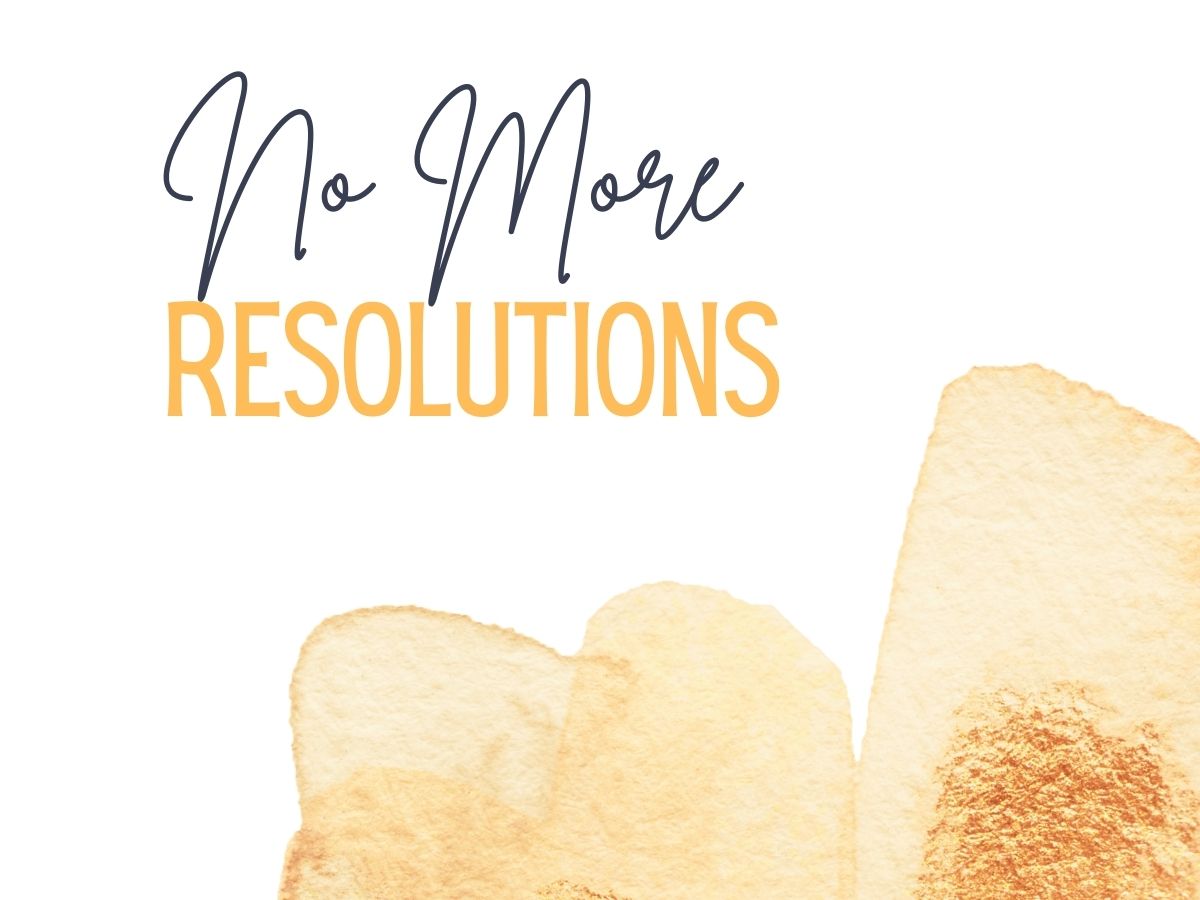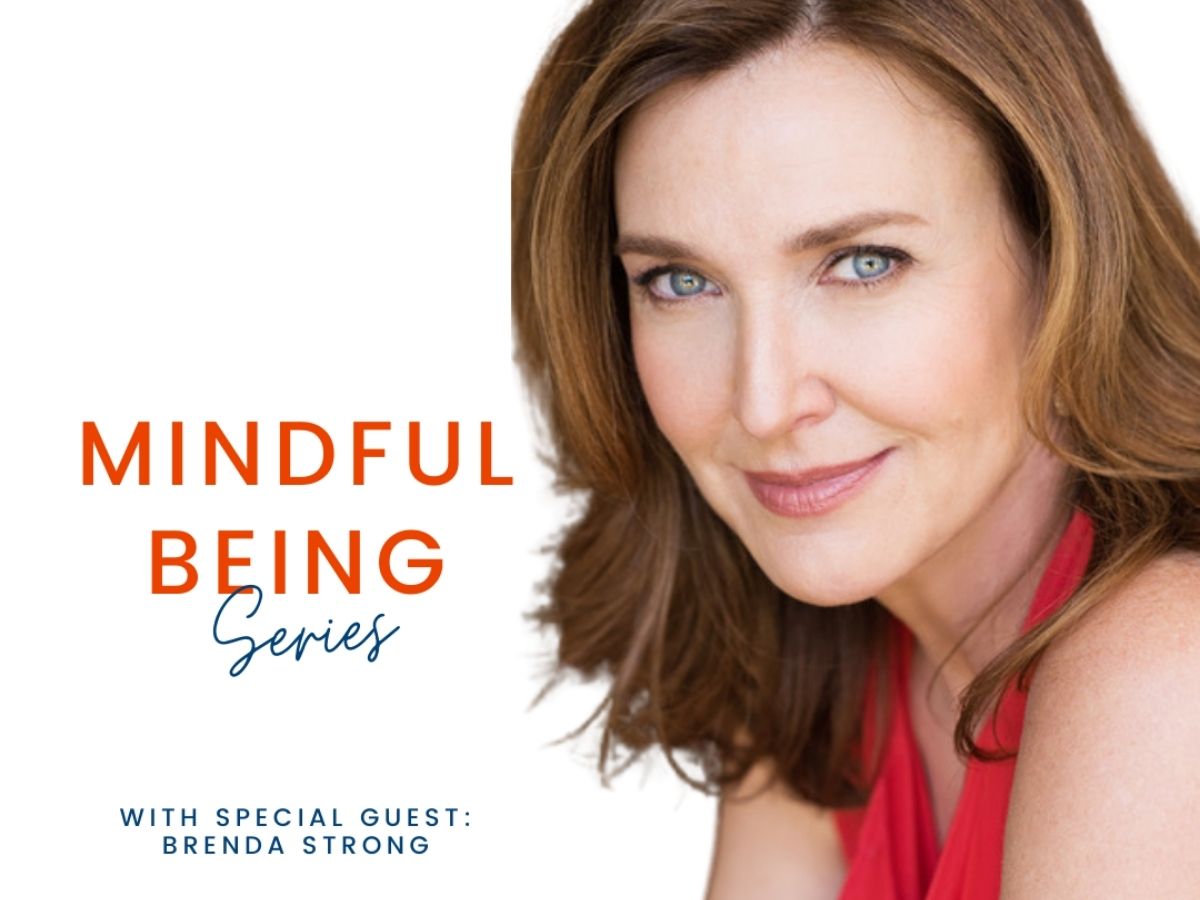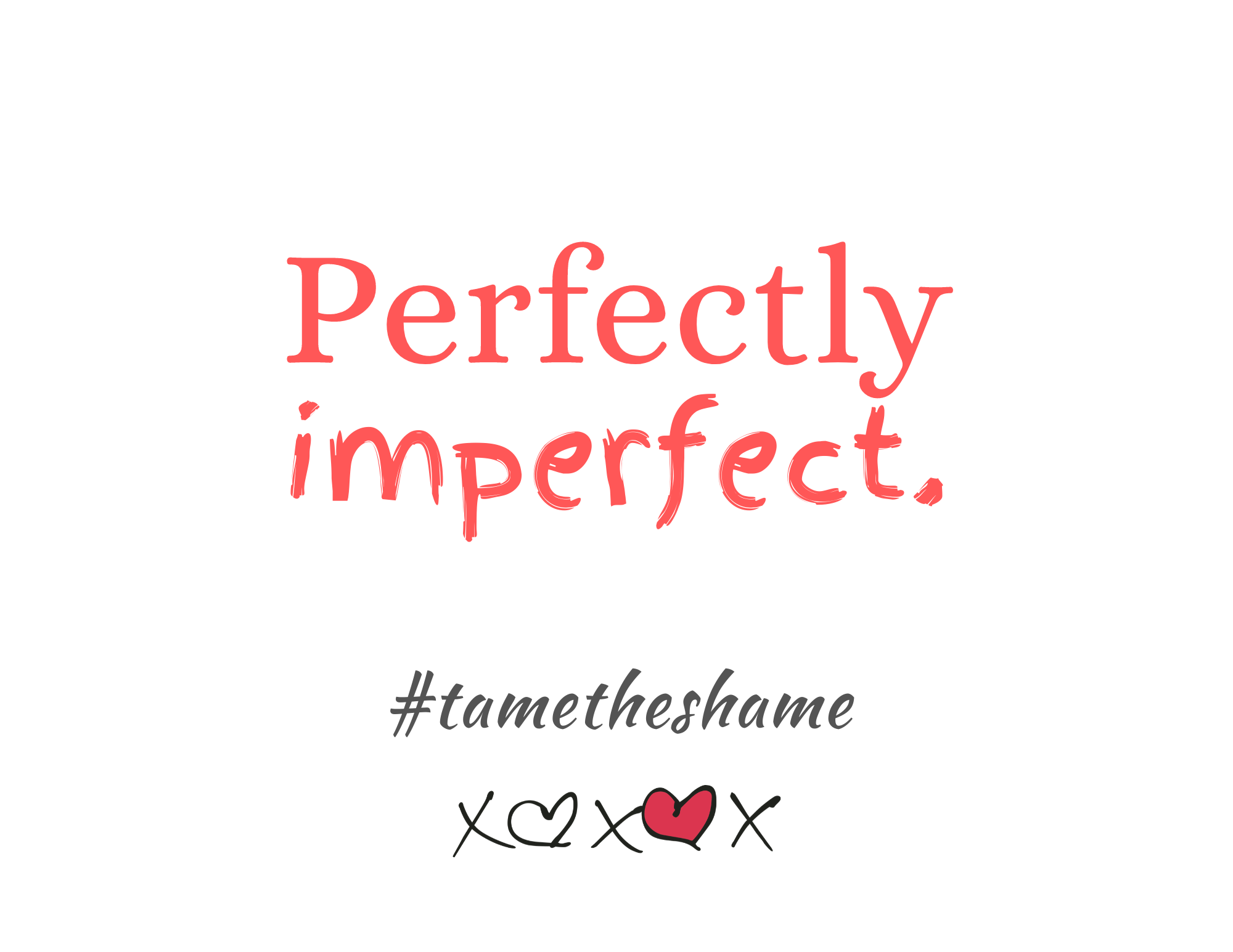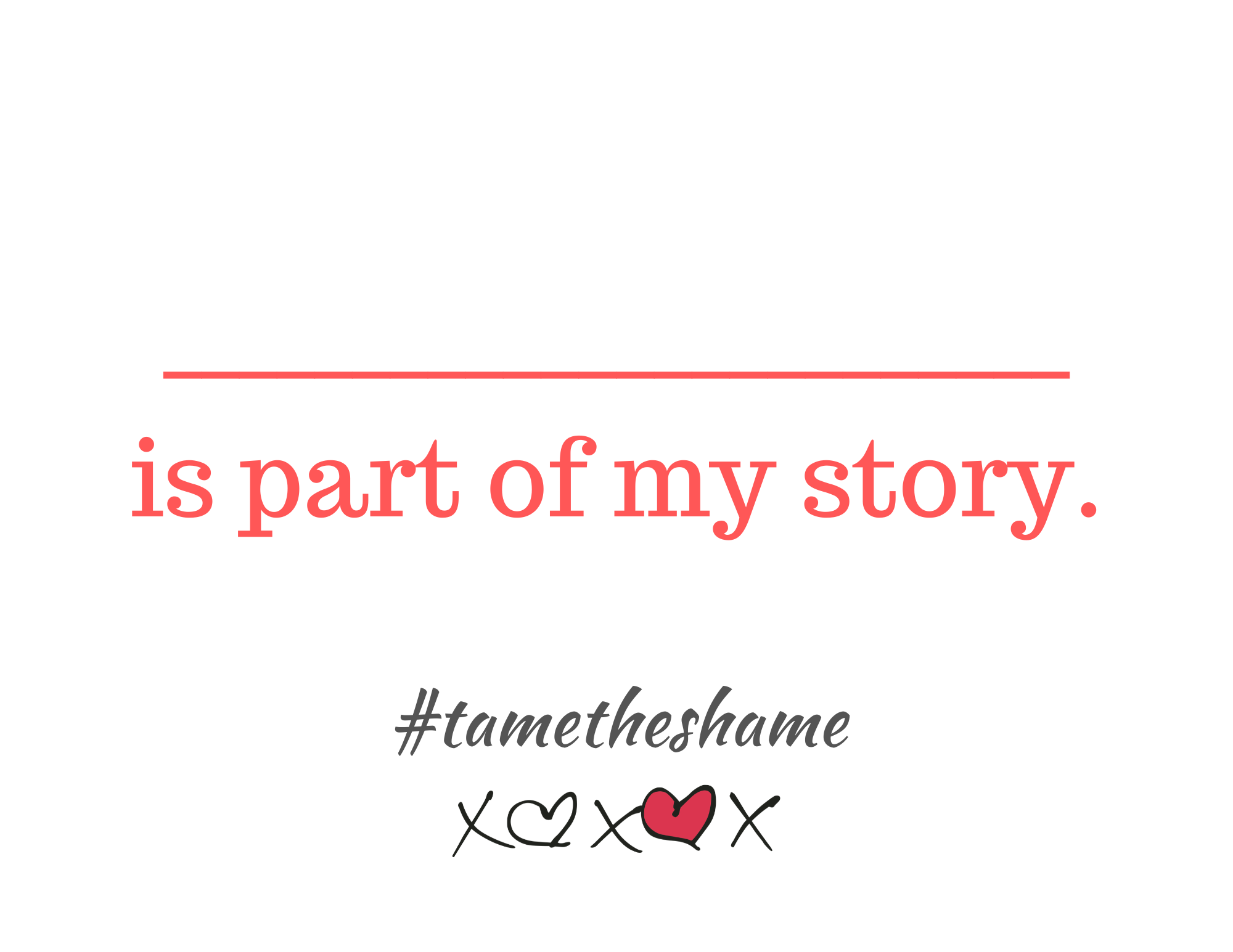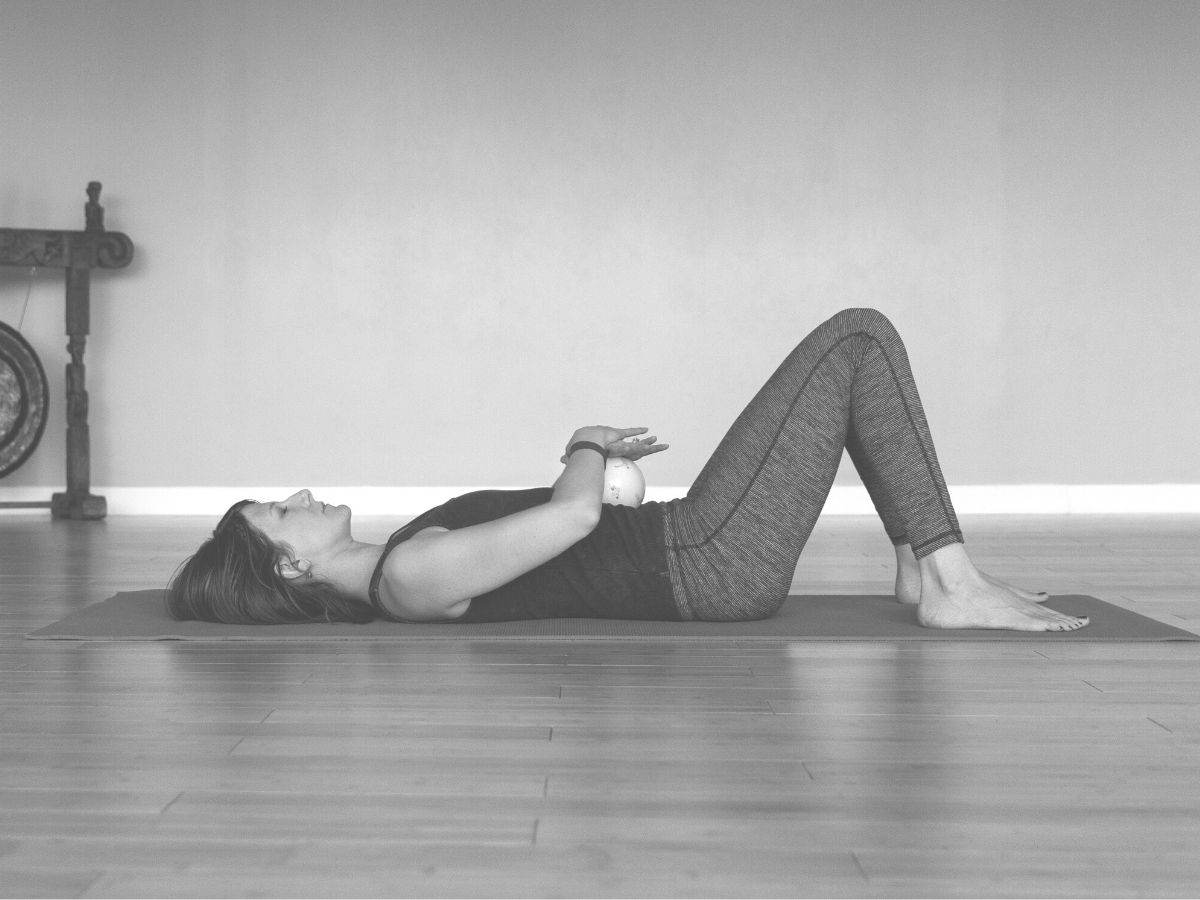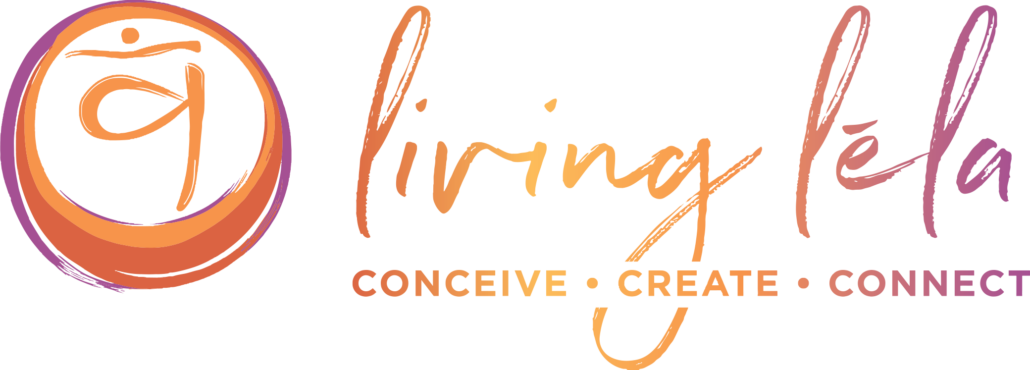Empowerment on the Fertility Journey
Ask most individuals moving through the process of trying to conceive (or even those being proactive with egg freezing) if they’ve found empowerment on the fertility journey and most will tell you they feel anything but empowered.
Sure, they may be gung-ho, positive, and feeling strong in the beginning. But have a candid and honest conversation with anyone who has survived several months – or in many cases several years – of struggling with making decisions and taking actions regarding their fertility (such as IUIs and IVFs)? They will express that it is one of the most excruciatingly painful experiences of their life.
Embodying Empowerment …
So, how do you embody a sense of empowerment on the fertility journey?
First, I think it’s important to acknowledge that each of us is different, and thereby each of our journeys will be different. Comparing yourself to someone else is just not one ounce of help to your mindset. Two women may be the same age, have similar blood work numbers, embark on the same treatments, etc., but how, when or if you get pregnant may be very different because it is a multi-factorial mind/body/spirit process.
My Introduction to Fertility Yoga
Did I always want to teach something as specific as fertility yoga? Nope.
At age 30, it kind of dropped in my lap at a time when I was pretty certain I never wanted to bear a child. Irony at its best, right?!
But the thing is: I wholeheartedly fell in love with the comprehensive nature of the practice. I appreciated that it wasn’t just yoga – that it is a thoroughly researched and beautifully curated combination of yoga postures, breathwork, meditation, acupressure as well as the psychology behind the complex emotions of the fertility process.
It wasn’t long before I recognized this methodology and these “tools” were actually not just for fertility – even though they absolutely and 100% provide empowerment on the fertility journey.
The practice improves overall health, well-being, and hormonal balance. After all, being “fertile” isn’t just about having a baby.
My epiphany happened when I realized that whether I was going to have a child or not, these practices would prepare and inform my body (and mind) to be the healthiest it could be — no matter where my path led me. For me, that realization was empowerment, at its core.
My Fertility Journey
Fast forward to age 38. After having integrated this fertility yoga and mind-body practice in my life for many years, I got pregnant naturally! And any previous uncertainty about us wanting to have a biological child had completely vanished. Three months later I miscarried because of a rare chromosomal abnormality. Needless to say, my husband and I were absolutely devastated…
And boom! I found myself navigating an all too familiar experience. An experience often shared with me by my clients; which I had so many times before held the space for others. I was navigating my own devastation and grief of fertility challenges. I call it the “invisibility of infertility grief.” Those traveling this path understand that we somehow “get through” our day without anyone knowing that inside we are actually crumbling apart and that our heart is breaking.
Five months later, I found myself experiencing a second pregnancy loss. But, thankfully, seven months after that I was pregnant a third time with my son. It’s true that my fertility journey wasn’t very “long” compared to someone who year after year finds herself still without her child.
But even once I was pregnant with him, the pregnancy itself was not without its scares and challenges. By the end, I was extremely lucky at age 40 to have my ideal childbirth and delivery — even while managing a “severe” disc herniation in my lumbar spine that had been diagnosed years prior to pregnancy.
I owe an immense amount of my ability to stay calm and trusting of my body to my fertility yoga mind-body practices.
How Yoga for Fertility and Mind-Body Practices can Help You
This is where fertility yoga can help. It focuses on reducing the impacts and presence of chronic stress and optimizing one’s fertility naturally. And once we have tools – and a plan (!) – empowerment on the fertility journey seems more possible.
The comprehensive methodologies of Soulful Conceptions™ – combining yoga, breathwork, psychology, etc. – partnered with my favorite product called the Fertility Ball Method® is synergy at its best. This self-acupressure system has been transformative for me and so many of my clients, not only for fertility but also for other wellness practices such as myofascial release (which can be used effectively for those with Endometriosis or anyone dealing with adhesions and/or scar tissue).
The physical practice of yoga focuses on improving blood flow and circulation to the low back (sacral plexus), hips, groin, and pelvis. This can aid in healthier gynecological function and help nourish the neuroendocrine system. We, at Living Lēla, educate individuals about which postures are safe (depending on where you are in your cycle and your process of fertility treatments). Additionally, this unique approach provides stress reduction tools and addresses the complex emotional components that often accompany us when trying to conceive.
Part of our manifesto is that we strive to guide those on the fertility journey towards empowerment, proactivity, learning to soften and surrender into the immense intelligence of the body. And, to trust the process.
The sugar on top? Our comprehensive mind-body programs are a safe and complementary practice to any Assisted Reproductive Technologies (ART). They can be practiced no matter where you are in the process! In my 17 years of teaching, I’m thrilled to say I have witnessed countless women’s and couples’ dreams of having children come to fruition.
If I had to sum it up in one word, I would say these mind-body practices provide learning the lesson of Equanimity.
Equanimity is the key – no matter where the path leads you
So, does the story always end with unicorns and rainbows (or a “rainbow baby”)? Let’s be honest: no.
And what the heck is this “Equanimity” I speak of, you may ask?
The classic definition of Equanimity is having an even mind; a state of psychological stability and composure which is undisturbed by experience of or exposure to emotions, pain, or other phenomena that may cause others to lose the balance of their mind.
It means learning to make peace with “what is.” And this just might be the ticket to alleviate suffering…
Pain + Struggle = Suffering
It is no doubt that we all at some point in our lives experience challenges/pain points. Yet, when we struggle against it and yearn for it to be “different” is when we create suffering.
Of course, I must acknowledge it is not always easy to just accept and surrender to what is happening in that moment. We – Deborah and Wendy – of Living Lēla have experienced firsthand how painfully heartbreaking and overwhelming it can all feel.
But remember this, for better or for worse: everything is temporary.
Allow whatever you’re feeling to be there, and then allow it to soften and be released. This is the practice of Equanimity. In fact, the Buddhist definition of Equanimity sums it up beautifully:
Neither a thought nor an emotion, it is rather the steady conscious realization of reality’s transience. It is the ground for wisdom and freedom and the protector of compassion and love.
Tangible Tools for Empowerment on the Fertility Journey & Beyond
Wherever you are in your process, the following suggestions can help you find more empowerment on the fertility journey and the path beyond that positive pregnancy test (i.e., Life!).
It’s also important to note these techniques and suggestions are useful both for the person trying to get pregnant and their respective partner and/or support community.
- Notice your breath. Conscious breathing is one of the fastest and most powerful tools. It helps refocus the mind, soften the body and elicit the parasympathetic nervous system (which is the relaxation response). I suggest taking 9 full rounds of breath every hour on the hour. If you practice Ujjayi Pranayama, or Victorious Breathing, the yogic diaphragmatic breathing technique, that is a fantastic breath work to use. Otherwise, just regular, full belly breaths will work (to engage your diaphragm and get the relaxation response to turn on)!
- Notice your Thoughts. During the course of your day begin to observe your thoughts as separate from you. This brings us back to the concept of Equanimity. Note any thoughts that seem to bring up anger, worry, anxiety, or fear.And take a moment to use Ujjayi Breath/conscious breathing to create some space and relaxation during those times. Replace those anxious thoughts with a better feeling or more helpful thought. If that feels difficult at that moment, consider a Loving Kindness (Metta) Meditation. You could simply say or think it to yourself:
“May I be filled with Loving Kindness.
May I be at peace and at ease.
May I be free from inner and outer harm.
May I be surrounded by Love.”
- Take Back Control. As there is so much out of our control, focus on the things you can control. Educate yourself on healthy beauty products and cosmetics. This is to ensure you aren’t taxing your system with extra toxins that could also impede reproductive health. To learn more about this subject, ways you can protect yourself, and resources to help guide you, read here.
- Find Your Tribe and Support System. If you are experiencing stress and feelings of isolation, please know you are not alone. There are support groups and organizations in place to help you navigate all you may be feeling. Even the most loving, attentive, and supportive partner cannot witness you in the same way as those who have (or currently are) going through it can.
Some support resources:
To learn more about the fertility yoga and group support classes and workshops we teach, as well as access to the online programs and content, visit Soulful Conceptions™.
You can learn more about my (Wendy) yoga therapy and corporate wellness offerings at Divine Spark Yoga. I am also teaching bi-weekly Therapeutic Flow™ classes via zoom.


